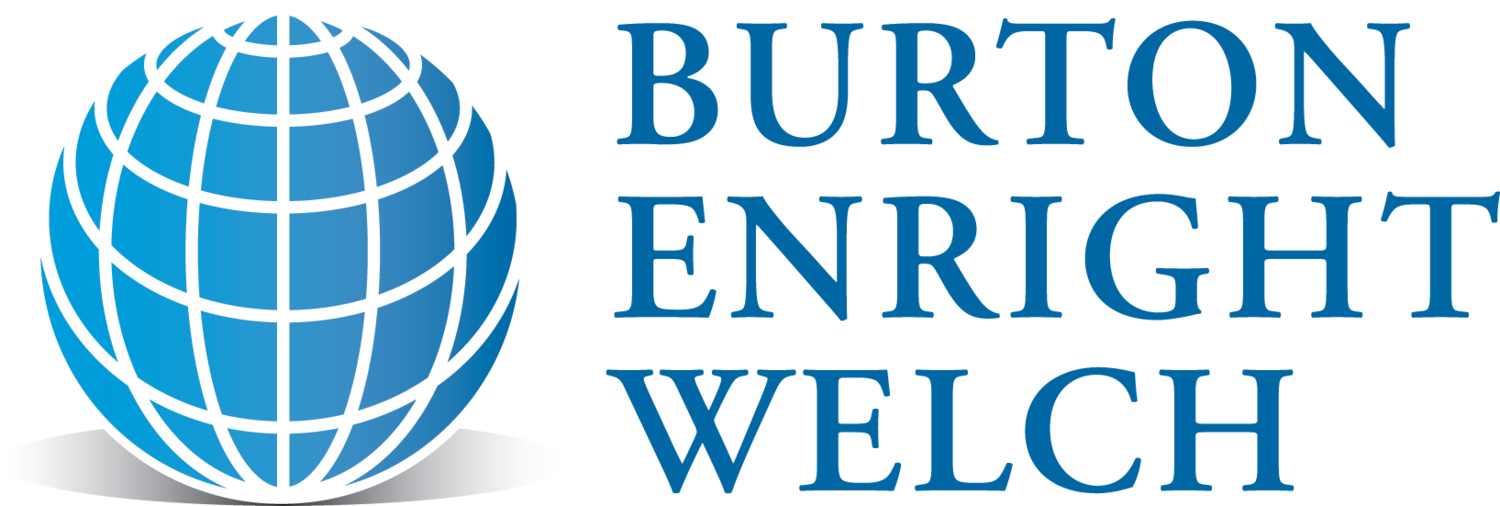The SAVE Plan: A Student Loan Solution
By Sydney Kovacs, CFP®
For many, October will bring their first federal student loan payment in over three years. Borrowers knew this was coming despite multiple extensions, but it may still shock monthly cash flow. If you (or someone you know) has federal student loans, it’s a good time to review repayment options and see if any adjustments should be made to repayment strategy.
A Three-Year Payment Pause
First, let’s review what the government has done behind the scenes during the freeze. In March 2020, the CARES Act paused student loan payments on federal loans. Private loans were unaffected by this legislation.
In August 2022, the Biden administration attempted to cancel $10,000 of loans for borrowers earning less than $125,000 per year, and $20,000 of loans for Pell grant recipients. In June 2023, the Supreme Court ruled that the executive branch had overstepped and struck down student loan forgiveness.
In August 2023, the Biden administration announced the Saving on a Valuable Education (SAVE) Plan. This is a new income-driven repayment (IDR) plan for Federal Direct Loans aimed to lower monthly payments and interest accumulation.
A New Repayment Option: The SAVE Plan
Federal loans can be repaid with a standard repayment plan of 10 years or by using one of the four IDR plans that base monthly payments on income and family size. The SAVE plan replaces another IDR plan, REPAYE (Revised Pay As You Earn). All borrowers on the REPAYE plan will automatically be moved to the SAVE plan.
The other IDR plans and the standard repayment plan are still available and may still be a better option for higher-income earners. Borrowers can use the Loan Simulator at studentaid.gov to compare their options and determine which payment plan is best. Most federal loans are eligible to enroll in SAVE except for Parent PLUS loans and some FFEL loans.
Lower Monthly Payments Based on Income
The SAVE plan monthly payment is based on family size and capped at 10% of discretionary income. For low-income borrowers, payments could be as low as $0 and still count towards loan forgiveness. In July 2024, payments on undergraduate loans will be reduced from 10% to 5% of discretionary income, potentially halving payments.
Interest Subsidy
Another benefit of the SAVE plan is to prevent student loan balances from growing due to unpaid interest. If borrowers make their scheduled monthly payment, the Department of Education will not add any remaining interest onto loan balances. For example, if a monthly payment is $40 but $65 of interest accrues each month, the remaining $25 would not need to be paid.
Possible Loan Forgiveness
After 20 years of payments for undergraduate loans and 25 years for graduate loans, any remaining loan balance will be forgiven.
However, for smaller loans, forgiveness may come sooner. If your original principal balance was $12,000 or less, your loan will be forgiven after 10 years of payments. For each additional $1,000 of principal balance, add one year of required payments until forgiveness. For example, if the balance was $14,000, the loan will be forgiven at 12 years.
The SAVE plan is still considered a qualifying repayment plan for Public Service Loan Forgiveness (PSLF). PSLF is an option for eligible workers after ten years of loan repayment. Any balance remaining after ten years will be forgiven.
How to Apply
To enroll in the SAVE plan, login to studentaid.gov and submit an application. It takes 10-15 minutes to complete and is necessary for those who are not already enrolled in REPAYE.
To remain in the SAVE plan, you must recertify your income every year. If you do not recertify, you will be removed and put on a standard repayment plan. You can grant the Department of Education access to your tax return from the IRS to avoid having to manually provide your income numbers.
Review Your Repayment Strategy
For years, student loans have been burdened by uncertainty. For the millions of Americans who will start repaying their loans this month, the SAVE plan may offer a solution they have been waiting for.
For more information on income-driven repayment plans or to use the Student Aid Simulator, go to studentaid.gov. Contact your advisor if you have questions regarding how the restart of loan payments could affect your financial plan.

